Scientific Support
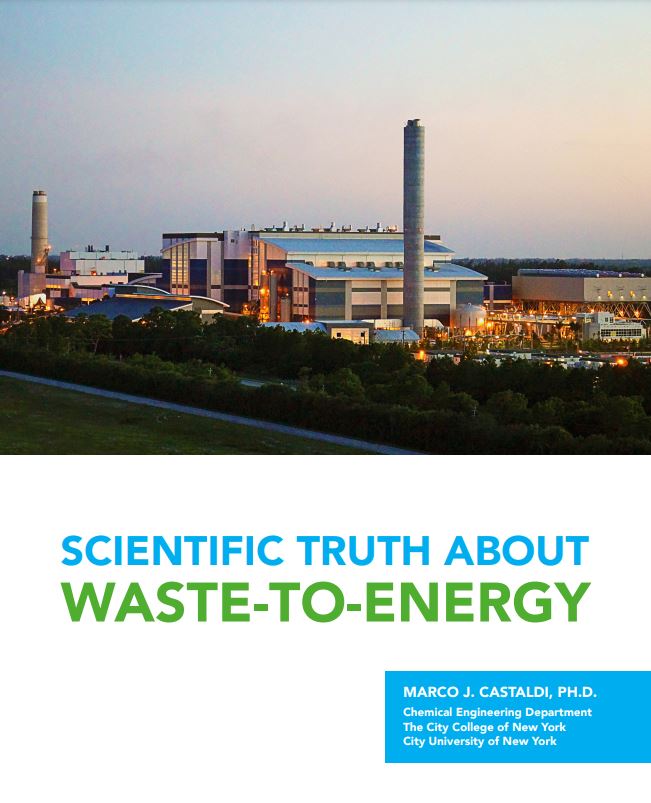
University study reveals the “Scientific Truth about Waste-to-Energy.” 1
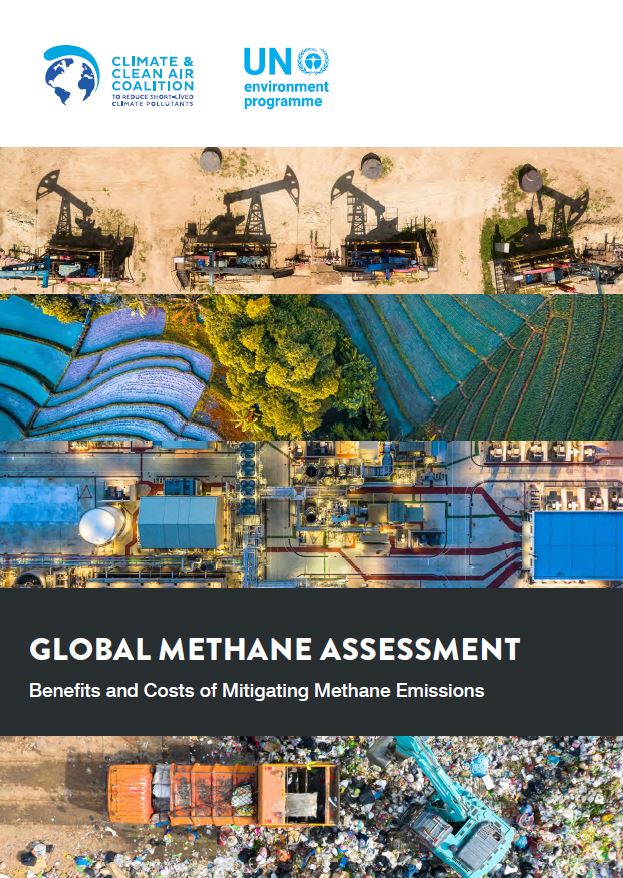
Waste-to-Energy is identified as one of the “targeted measures” to implement in order to reduce greenhouse gas emissions. 2
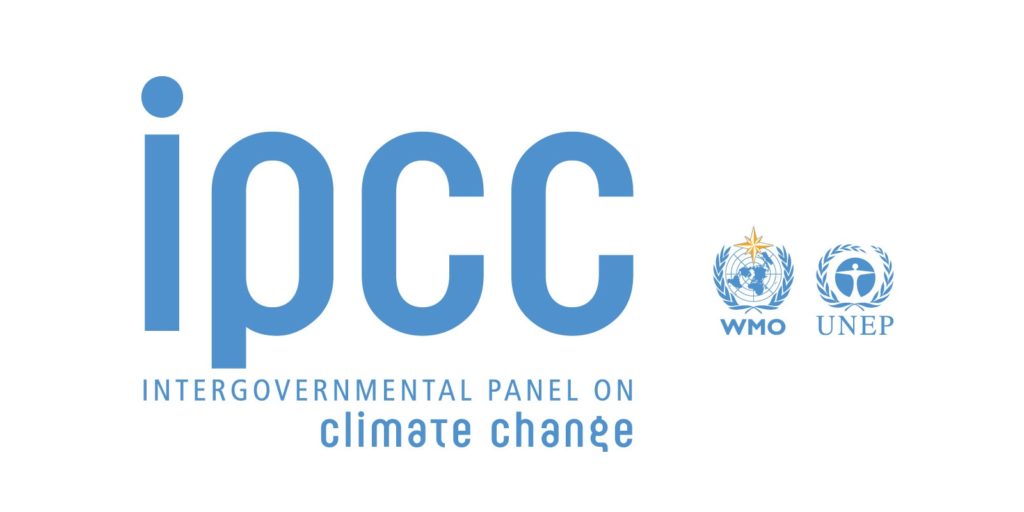
Waste-to-Energy is a “key greenhouse gas mitigation technology.”3
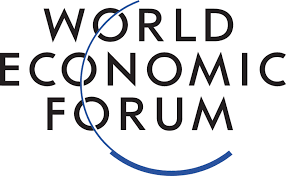
Waste-to-Energy is “one of eight technologies likely to make a meaningful contribution to a future low-carbon energy system.” 4

“California Waste-to-Energy facilities provide net avoided methane emissions over waste otherwise disposed in California landfill.” 5

“[C]ombusting waste in the three waste-to-energy thermal facilities in California results in net negative greenhouse gas emissions.” 6

“As recycling and incineration with energy recovery are increasingly used, net greenhouse gas emissions from municipal waste management are expected to drop considerably by 2020.” 7

“Waste-to-Energy generates a renewable energy source and reduces carbon emissions by offsetting the need for energy from fossil sources and reduces methane generation from landfills.” 8

“Under the Obama Administration Clean Power Plan promulgated in 2015, new Waste-to-Energy facilities were eligible to generate Emission Rate Credits.” 9
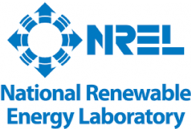
“We find that municipal solid waste combustion is a better alternative than landfill disposal in terms of net energy impacts and carbon dioxide equivalent greenhouse gas emissions.”10

“Increasing Waste-to-Energy capacity appear to provide the greatest potential for controlling future methane emission from landfilled waste.”11

“We therefore commit to further reduce, reuse, and recycle waste (3Rs), and to increase energy recovery from waste.” 12

“Harvesting these leftover materials as solid waste energy sources could provide multiple environmental benefits.” 13

“Trash burned at a Waste-to-Energy facility doesn’t’ generate methane, as it would at a landfill; the metals that would have been sent to the landfill are recycled instead of thrown out; and the electricity generated offsets the greenhouse gasses that would otherwise have been generated from coal and natural gas plants.” 14
1 – City College of New York (CCNY)
2 – United Nations Environment Programme (UNEP) Global Methane Assessment
3 – Intergovernmental Panel on Climate Change (IPCC)
4 – World Economic Forum (WEF)
5 – California’s Solid Waste Regulator (CalRecycle)
6 – California Air Resources Board (CARB)
7 – European Environment Agency
8 – EPA
9 – Obama Administration Clean Power Plan
10 – National Renewable Energy Lab
11 – Columbia University
12 – United Nations Conference on Sustainable Development
13 – Berkeley Law Center for Law, Energy and the Environment
14 – Center for American Progress
Additional Resources:
Inventory of U.S. Dioxin Emissions (Columbia University)
Energy and Economic Value of Municipal Solid Waste (American Chemistry Council)
Waste Sector’s Contribution to Climate Protection (German BDE)
Better management of municipal waste will reduce greenhouse gas emissions (European Environment Agency)
Energy from Waste: A Wasted Opportunity? (British Institution of Mechanical Engineers)
Case Study: Marion County, Oregon Waste-to-Energy Facility (Governmental Advisory Associates)
